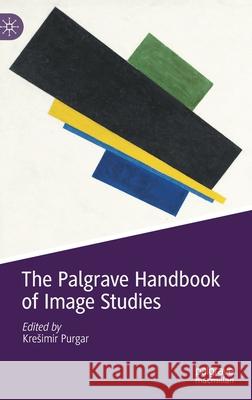The Palgrave Handbook of Image Studies » książka
topmenu
The Palgrave Handbook of Image Studies
ISBN-13: 9783030718299 / Angielski / Twarda / 2021 / 872 str.
The Palgrave Handbook of Image Studies
ISBN-13: 9783030718299 / Angielski / Twarda / 2021 / 872 str.
cena 848,19 zł
(netto: 807,80 VAT: 5%)
Najniższa cena z 30 dni: 842,30 zł
(netto: 807,80 VAT: 5%)
Najniższa cena z 30 dni: 842,30 zł
Termin realizacji zamówienia:
ok. 20 dni roboczych.
ok. 20 dni roboczych.
Darmowa dostawa!
Kategorie:
Kategorie BISAC:
Wydawca:
Palgrave MacMillan
Język:
Angielski
ISBN-13:
9783030718299
Rok wydania:
2021
Wydanie:
2021
Ilość stron:
872
Waga:
1.57 kg
Wymiary:
23.39 x 15.6 x 5.23
Oprawa:
Twarda
Wolumenów:
01
Dodatkowe informacje:
Wydanie ilustrowane











